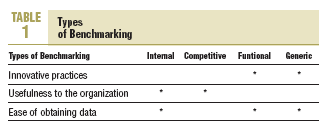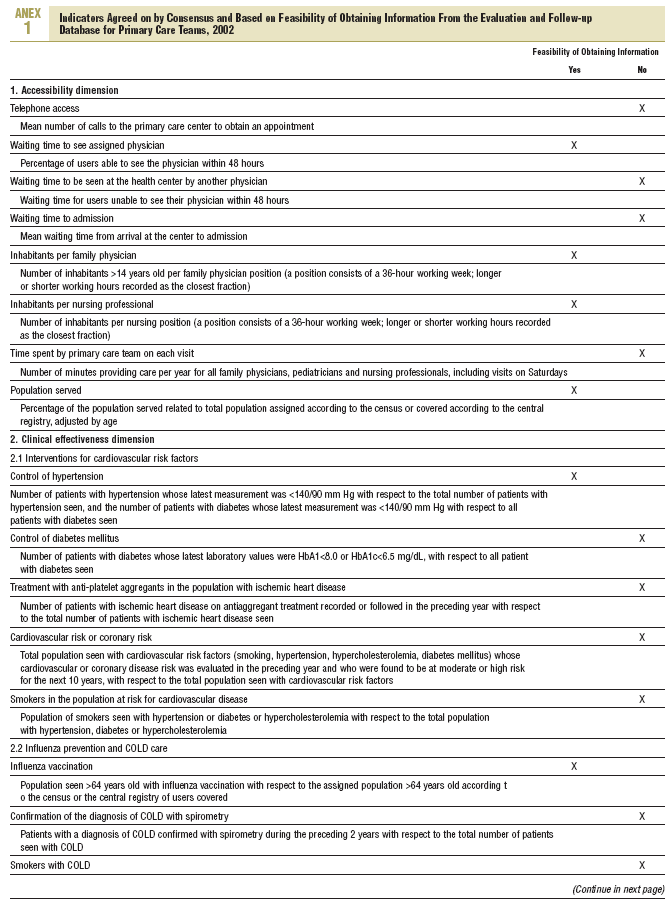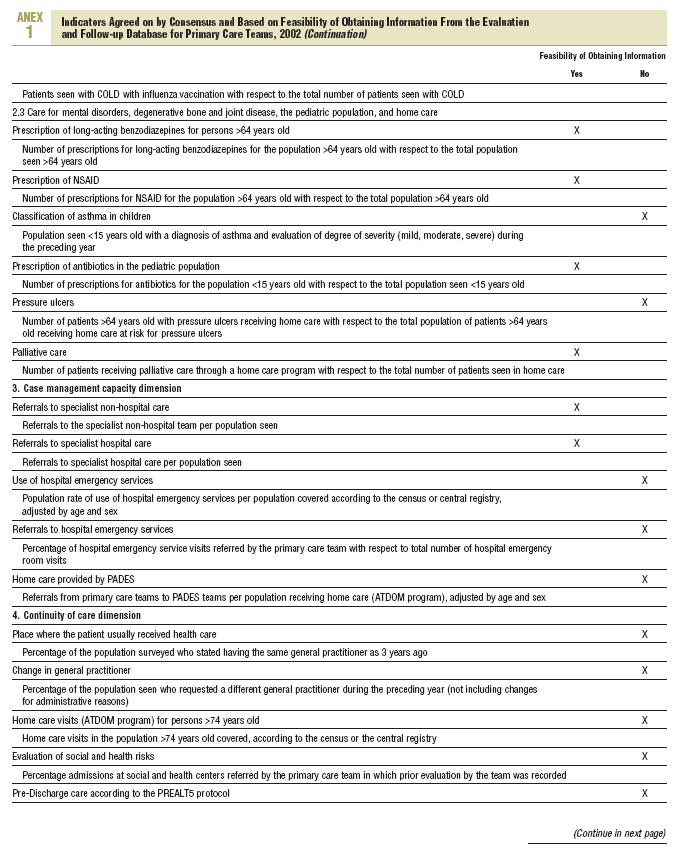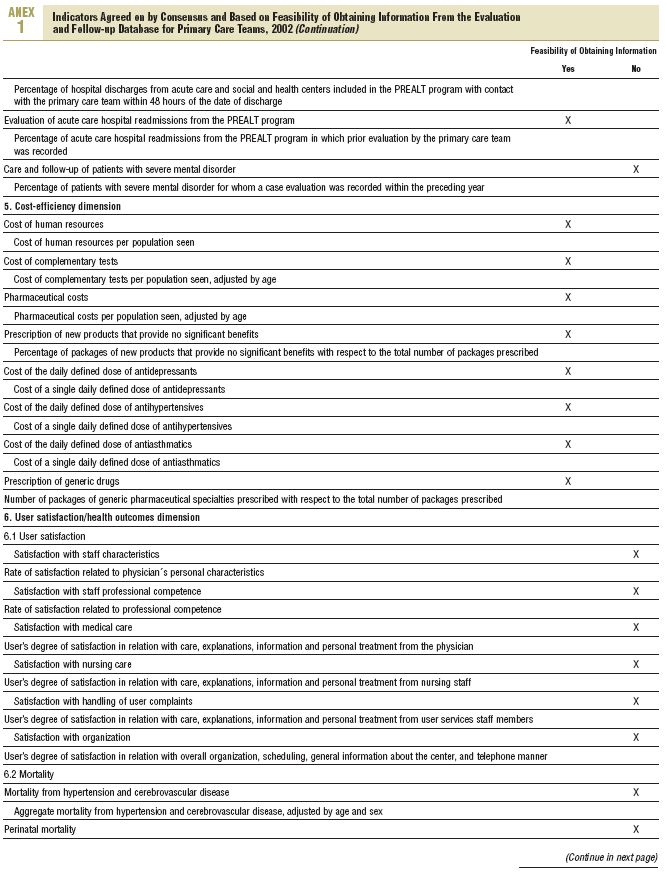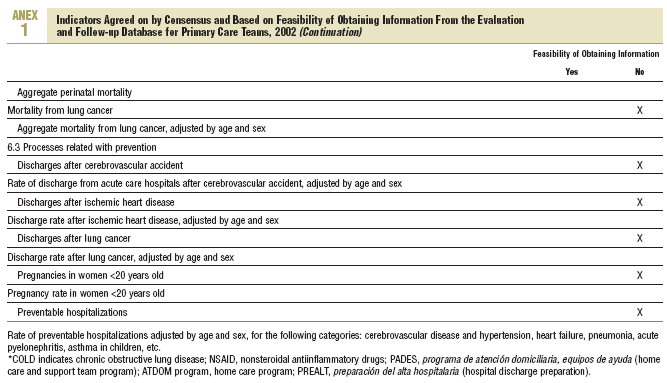Benchmarking has been defined in many ways, and the best-known definition considers it a continuous process of measurement and comparison of products, services and practices against the best (benchmark).1 It has been conceptualized basically as a way to conceive continuous learning. We owe the initial definition of the concept of benchmarking to Robert C. Camp, who noted that when someone in an organization opens a package and observes how it is wrapped, how it was delivered, how the addressee was identified, or how its contents were protected, and applies an idea or a practice to improve ways to send his own packages, it can be said that a culture of benchmarking has been integrated into his organization.
It is of course entirely wrong to think that anyone has a monopoly on good practice, good ideas or good strategies, and if we consider that the principles of continuous improvement are founded on systematic review of what we do and how we do it, we soon reach the conclusion that new ways to rethink ourselves need to be found.2
The first application of the concept to an actual business setting was undertaken by Xerox in 1979, when market needs forced the firm to examine and compare processes and costs with their Japanese competitors.
Different types of benchmarking have been developed. Internal benchmarking is used by organizations to compare the results of groups or systems with similar functions in order to identify best practice. Competitive benchmarking is aimed at identifying key aspects that make the competition better. Functional benchmarking makes it possible to learn functions used by specialized businesses (logistics, purchasing, or information systems, for example) and apply them to their own operation. Generic benchmarking refers to the internal culture of systematic learning.1 The different types are classified in Table according to how they contribute to the development of innovative practices, their usefulness to the organization, and the ease of obtaining data.
Articles published to date2,3can be considered examples of internal benchmarking at the Consocio Sanitario de Barcelona, and of competitive benchmarking for different primary care teams that took part in the exercise.
The entire benchmarking process comprises four fundamental steps: planning or observation, data collection or research, analysis or comprehension of the results, and finally actions aimed at improvement. The article provide an appropriate description of the first 3 steps, and thus the study can be considered solidly based on planning, consensus, and participation.
The main challenge for organizations may well be the final step: real action. For a real response to occur, we may need to accustom ourselves to turning back up paths that seemed inevitable, questioning our truths, looking at ourselves from a different angle, and even abandoning practices that brought us success4 in the past.3
The challenge does not lie in the process of change in itself. Everything that is needed is already available, even benchmarking. The main obstacle lies fundamentally in feeling a real need for change, no matter how small.4 Another obstacle lies in identifying the benchmarks that are actually relevant for our organization. And finally, we need the courage to revolutionize our day-to-day practices. The changes in the outcomes depend on how we consider our structures and processes, and on how we manage even small details.5 Discreet improvements in our practices can have considerable repercussions on the overall results anticipated.
In summary, it is evident that the first step in learning from our betters is self-criticism--the ability to see and
feel ourselves as capable of constant improvement.6 It is this manifest urge to change that ultimately gives rise to the need for benchmarking.
Work done to date is fundamental and necessary, but it will not be sufficient if does not inspire further efforts for improvement. This is the challenge primary care teams must now rise to.





